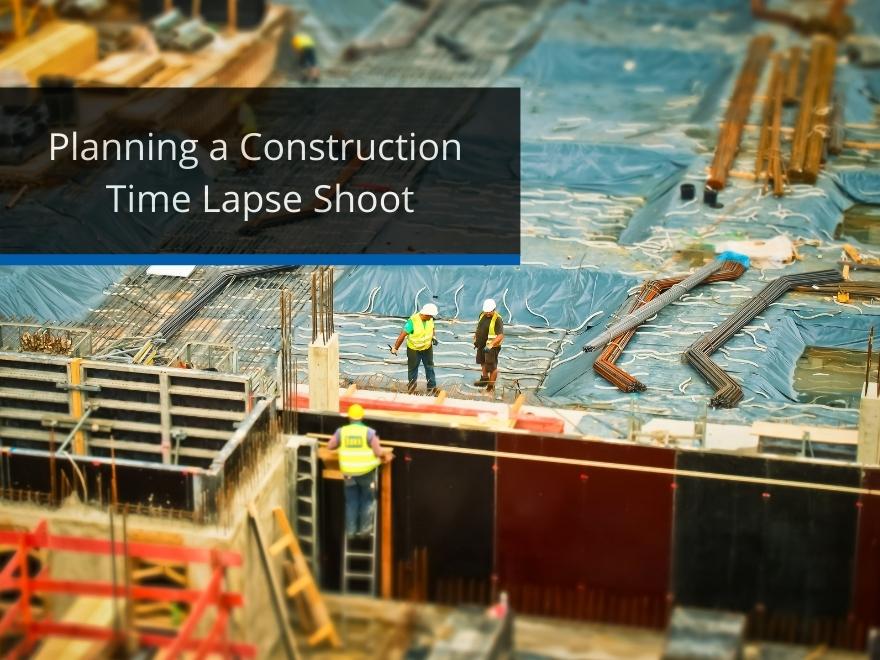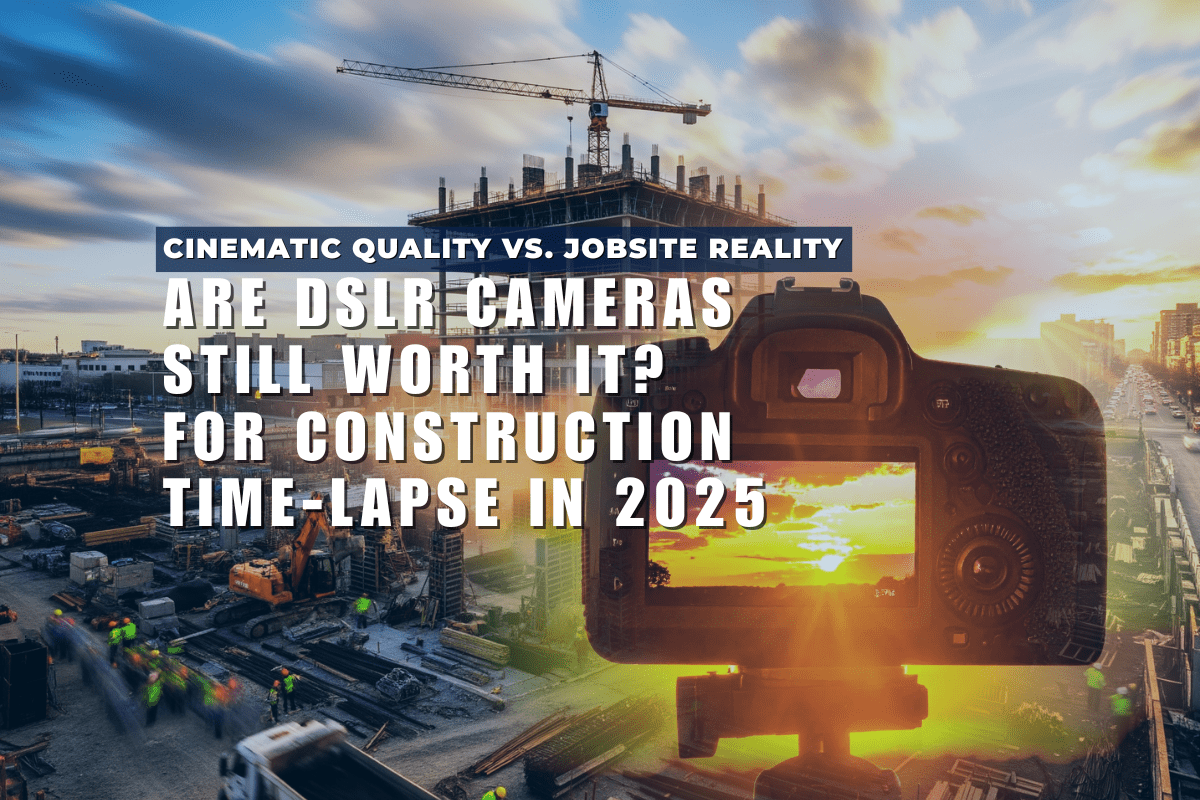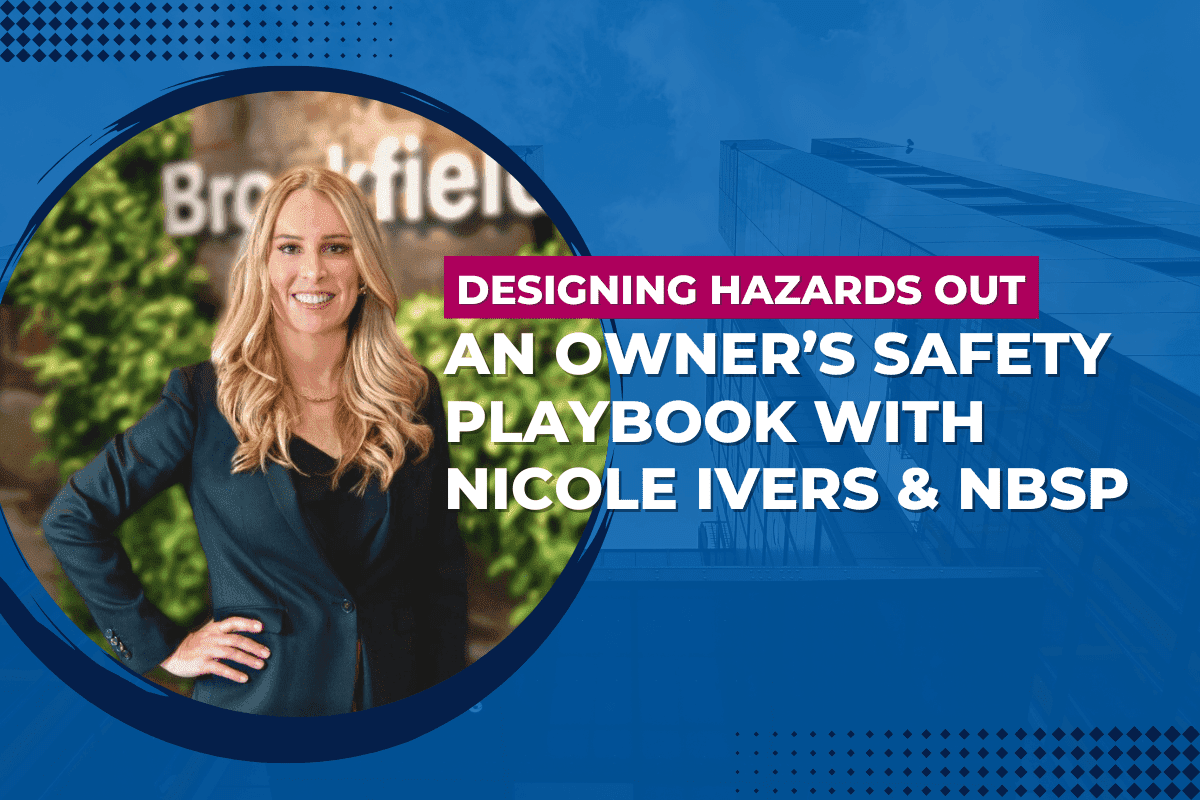Time lapse photography is an essential addition to many construction projects because it charts progress and provides information for stakeholders. However, all of this is contingent on staging a proper environment and knowing the purpose of the images you capture. With that in mind, let’s discuss some of the essential elements of composition and planning for time lapse construction photography.
Purpose/Procedure
Before getting into specifics, we should mention a few general points that you need to think about when it comes to your time lapse shoot deployment. First, is framing your shot. Scouting the location and taking proper test shots well ahead of time is crucial to your success. Even if you have the settings and logistics planned out in detail, poor framing, or a camera pointing into the sun will end up impacting the quality of your images. As a result, it’s important to test and preview factors like the angle and field of view. Don’t wait until you actually need to deliver images to management or a client to do this, as you often only have one shot to capture your project.
Another thing that you need to think about is the purpose of your images and how they will ultimately be used. This will impact the interval between your shots. For example, you’ll likely need to reduce the interval time if you are using time lapse construction photography for remote monitoring as opposed to, say, gathering marketing materials. You want a balance of having enough images for the job while not losing a lot of time with added images at the end of the project.
Duration
This may seem simple at first, but it’s also essential to get correct when planning a time lapse construction project. Many people who are only familiar with time lapse photography in a casual setting may use it for tracking something over a few days. However, typically it is months or years on a construction site. This is also important when determining how long your intervals will be between shots. In some cases, site managers may opt to add a little more time to the general length if they anticipate a project going over schedule, but keep in mind this will space out your interval
Intervals
On the topic of intervals, you generally want to capture as tight an interval as possible. When it comes to intervals, what exactly is possible is generally limited by your power and memory capacity. If you are struggling to find out the ideal intervals for your time lapse construction photography, we do offer atime lapse calculator in order to help you work through this process.
Here are some examples of baseline time lapse interval lengths you may want to use:
A one day to one week long project: 1-5 minutes
A one month to six months long project: 5-30 minutes
A six months to two years long project: 30-90 minutes
One added point to bring up here is that in some cases, you may want to change up intervals based on what is being done onsite. For example, steel erection may require a faster interval than slower processes like excavation.
Memory
This is another essential part of time lapse photography construction that sometimes gets ignored until it’s too late. After all, what good is the quality of your photos if you don’t have anywhere to put them? If you were to get, say, 9,000 images that are roughly 5-6 MB per photo, you would require 54 GB worth of memory. As a result, a good starting point is an SD card with 64 GB of memory for many projects. With that said, there are other considerations you can make for smart memory management.
Regularly check your memory card: Even if you don’t need photos right away, there should be a regular process of examining your memory card. This lets you look to make sure things are being captured correctly, as well as remove unneeded images from the card. This serves as a sort of insurance for long-term projects to make sure you don’t run overcapacity. In addition, early in the testing process, you want to take a few photos at different times of day to figure out the average image size for the camera you’re using. This lets you calculate how much memory you’ll need for a given project.
Another quality investment is time lapse construction photography software. Some of these can give you regular email updates on your camera and its memory card capacity.
Power
The power source that you use is largely going to be contingent on what you have available and the length of your shoot. You’ll be using one of4 main options, though:
- Internal camera battery
- External batteries
- Permanent external power sources (AC power, etc.)
- Solar power, backed up by batteries
There isn’t a right or wrong answer here, though if you are going to be capturing a project that will take several months or years, you will likely need to invest in a permanent external power source that you can protect from the elements.
Equally important as making sure that you have the right composition for your construction shoot is making sure that you have the right equipment for the job. AtCamDo, we offer best-in-class time lapse photography equipment and software for the construction field. Reach out to us today for more information.




